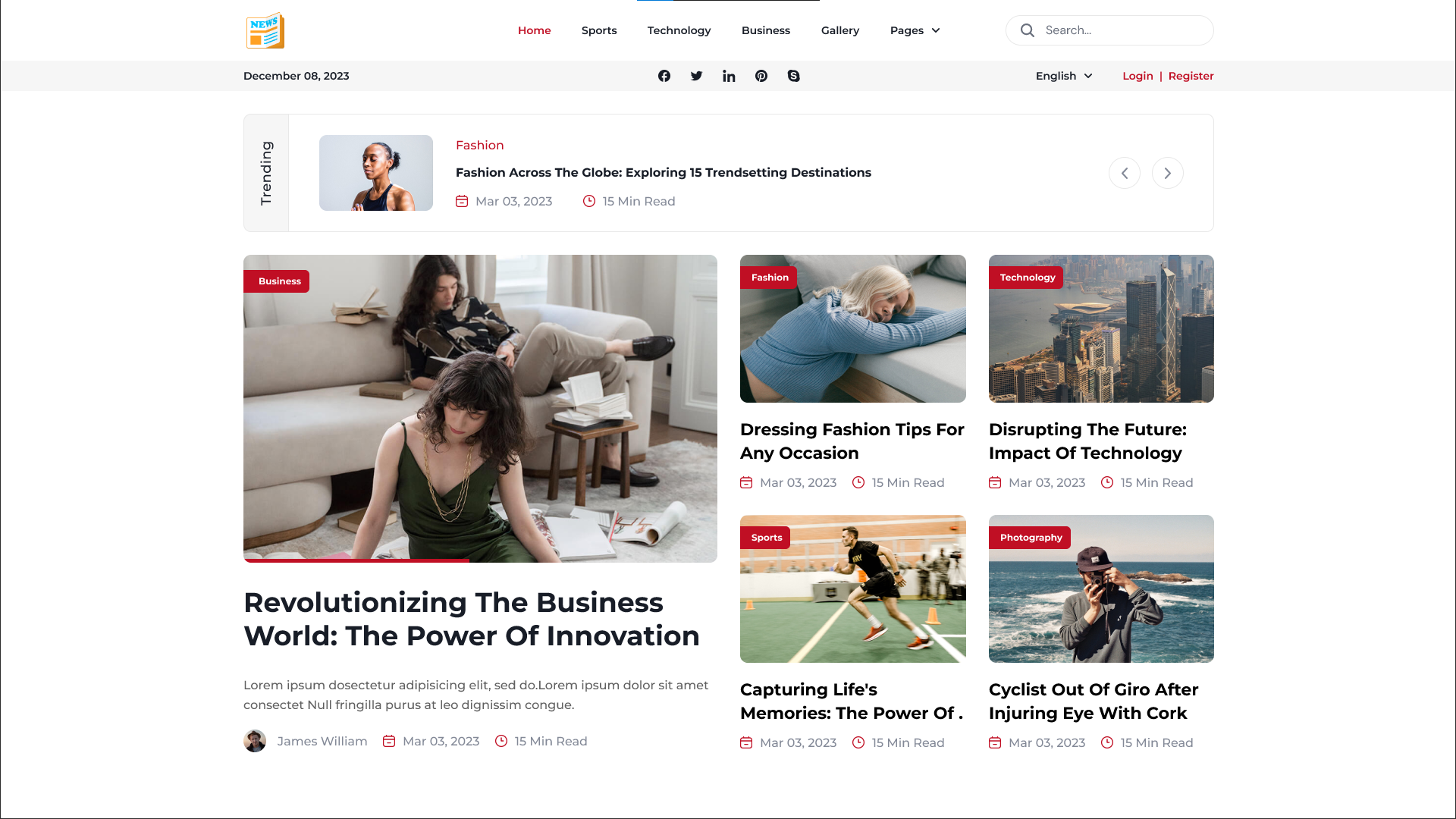After a challenging year for raising capital, we meet down with Mike Packer, partner and head of LatAm at QED Investors, to learn more about how the LatAm industry is developing and obtaining funding.
Tell us about the business and your position there.
A global early-stage venture capital firm with a fintech focus is called QED Investors. We manage almost $4 billion, have completed over 220 investments, and have been in business for 16 years.
Each of us has had experience as an operator. Consequently, we aim to have a comprehensive comprehension of the industry, establish global connections based on our investment theories and themes, and thereafter engage actively with the firms we invest in.
When founders and founding teams are thinking about fintech-related issues, such as strategy, details about market dynamics, or credit risk management, we frequently serve as their right hand. Our goal is to assist business owners in choosing a less hazardous route.
We are now making investments out of our eighth fund, an early-stage $650 million fund. In addition, we have a second growth fund with about $300 million in it. As a result, we're constantly searching for the newest fintech prospects to include in the community portfolio.
I introduce our LatAm approach, which is centered largely on Mexico and Brazil with Colombia serving as a rather potent third geography. Still, since our initial investment in Nubank in 2013, we have made 50 more in the area.
Which investment trends are we observing in Mexico and Brazil?
Brazil
Brazil is, in my opinion, a really fascinating market. Over the past eight to ten years, there has been a lot of innovation in that area, mostly due to the central bank's strong support of the fintech industry.
A few developments in real-time payments are currently being seen, such as the introduction of the PIX system, which is bringing about a number of opportunities and market changes.
We're also closely observing the roles and developments in open banking and open finance that are emerging in Brazil. When those two technologies are combined, they can open up completely new avenues for financial management and business transactions for both consumers and companies. We seem to be in the early stages of the sector because of its size.
Mexico
When it comes to fintech activity and exits, Mexico is a little smaller market than Brazil, but there are still a number of topics that have us really enthused. And we are actively monitoring the near-showing trend that is currently taking place in the nation, where a significant amount of manufacturing has been relocated to Mexico, primarily from Asia, and is generating a great deal of economic activity. As a result, in order to keep up with the spike in economic activity, the nation is facing significant financial difficulties.
Finkargo is an intriguing player in the market; it provides import loans to small enterprises bringing supplies, raw materials, or specific produced goods into Mexico. The company assists businesses in obtaining the operating capital needed to expand.
Additionally, we own shares in Nuvocargo, a business that focuses on cross-border trade and the US-Mexico border. It focuses on how to improve the efficiency, fluidity, and data-orientedness of those transactions.
In Mexico, we're enthusiastic about developments in the payments industry right now. In addition to B2B payments, merchant solutions are offered throughout Mexico for both consumers and businesses.
What is QED Investors doing to improve the range of fintech sectors in the region?
We play a significant role in the seed to series B stage of local company development. Our strongest suit has been educating the area about outside information, and as a result, we've contributed to some pretty amazing tales.
By highlighting the excellent opportunities, the success of our companies, and other factors, we are also increasing interest in the region. Whether it's more loan or equity, we're attempting to assist our companies in obtaining outside funding.
Our goal is to be a long-term player in the market by creating outstanding, sustainable businesses and enhancing the ecosystem in the process. Most of that is related to starting and growing businesses and providing funding for them.
From whence do investments originate?
It's not really clear. International funds accounted for a large portion of the money invested in the tech sector in Latin America a few years ago. In search of a superior risk-adjusted return, the US provided a large amount of equity capital.
But there are some highly reliable local sources of capital, especially in Brazil. It differs from some of the other nations in that it has a small number of active markets that are large and unique to Brazil. However, there is undoubtedly local currency in Colombia and Mexico. One trend we're observing in both of those nations is the banking industry becoming somewhat more involved in the technology sector—the area we mostly concentrate on at the moment. That is an additional possible funding source.
Undoubtedly, I believe many of our businesses would argue that they require more. However, it's beginning to become more prevalent in nearby ecosystems as well.
What is the global investment landscape in comparison to the Latin American one?
Of course, in terms of potential and the size of the economy or technology sector, LatAm is rather smaller than industrialized economies. That may make it more difficult to find really significant results on its own. However, because there aren't as many possibilities, it also makes them easier to find.
It is challenging to make broad generalizations because each country is somewhat different, but in terms of technology, particularly financial technology and industry experience, Latin America lacks the depth of skill found in the US or the UK, to name just two examples.
The businesses that inspire us figure out how to address problems on a global basis. Thus, we assess the market using the same methodology as any other and apply a similar standard for return on investment. We are seeking self-sufficient businesspeople who can operate independently anywhere in the world. In addition, we search for possibilities that are sufficiently significant and intriguing to yield material returns, whether they are found in Southeast Asia, Latin America, the US, or any other market we are considering.
How does Latin America compare to other developing markets?
In my opinion, Latin America is marginally more developed than, say, the African continent. claiming that generalization is difficult.
Let's examine what Latin America has to offer. First of all, Latin America is geographically closer to the US, which is helpful in my opinion because it draws capital from that region. Second, I believe that Latin America has had a more favorable investment cycle than certain other emerging economies, most notably those in the Middle East and Africa, as well as maybe Southeast Asia.
particularly with regard to the sum of money invested and the ecosystem's degree of maturity. One could claim that China and India are more advanced. Even smaller regions within Southeast Asia, such as Singapore.
In my opinion, Brazil has established itself as a very developed emerging market in this regard. only because to the ecosystem's scale, skill pool, financial accessibility, etc.
Similar to Africa and India, LatAm enjoys incredibly favorable demographics with regard to population aging and degree of digitization. There are a number of similarities in these aspects.
One of the reasons QED believes being global is advantageous is because of this. For instance, I could give a call to Sandeep Patil, a partner who specializes in India and Southeast Asia, and we could exchange notes regarding the real-time payment systems of Brazil and India. Alternatively, I could give a call to Gbenga Ajayi, a partner who specializes in Africa, and we could discuss which cutting-edge companies he has observed in Lagos as opposed to those we are seeing in Sao Paulo or Mexico City.
It's fantastic that the entrepreneurs may converse with each other in addition to the financial partners.
Which are some of the most significant issues facing the area?
The two main obstacles are stability and exit viability. Everyone is eagerly awaiting Mexico's big tech exit (or, more specifically, fintech exit, for our purposes). When that occurs, a significant amount of previously made capital investment will be validated, allowing for the injection of even more capital.
One major issue in the region is stability. Every election cycle raises some possible issues or instability. Whether we're discussing trade balances, interest rates, or currency, things kind of come and go. Thus, in my opinion, those are the factors that are, in a sense, holding back the other LatAm markets.
While Brazil has had periods of turmoil as well, overall it has been steady and has demonstrated significant withdrawals from the tech sector.
What future plans does the company have?
We've been in the area for eight years, and throughout that time, we've made a name for ourselves as one of the top partners for fintech entrepreneurs. We aim to position ourselves to succeed over the next eight years after making some excellent investments. So how do we identify and support the upcoming generation of financial entrepreneurs?
We currently have Ana Cristina Gadala-Maria, principal on the LatAm team in Mexico, and team member Camila Vieira Fernandes, principal on the LatAm team in Sao Paulo. Both are laying the groundwork for our regional strategy.
Why do you think LatAm fintech will have a successful year in 2024?
The business plans are now better. Businesses are becoming profitable at levels and scales that were previously unthinkable. There was much doubt in 2022 and 2023 about these enterprises' potential to turn a profit, but we are now witnessing that development. This instills great confidence in the investor to assess the regional company models.
Growth is the second important factor. As you might imagine, growth has been difficult across the board. However, we are beginning to observe tailwind growth returning in a few of these sub-themes and new geographic areas.












.png)








Comments 0